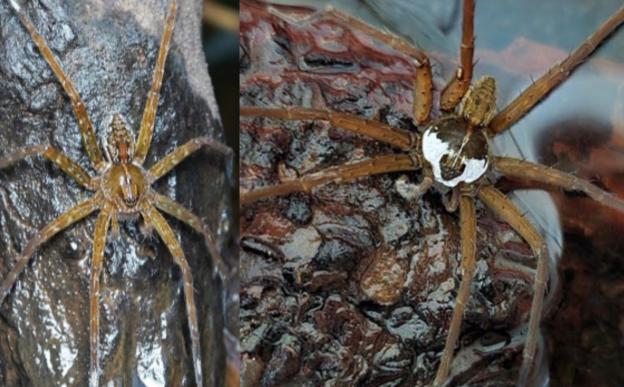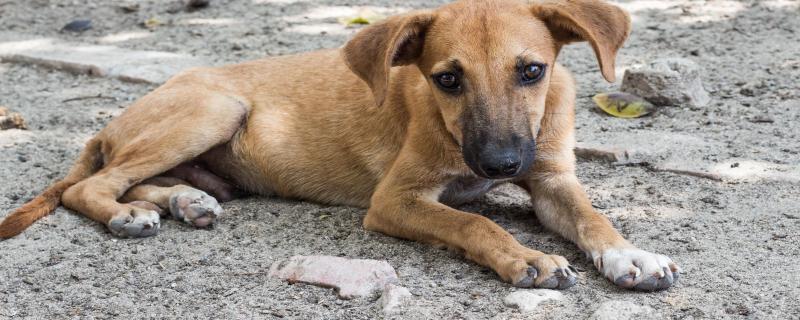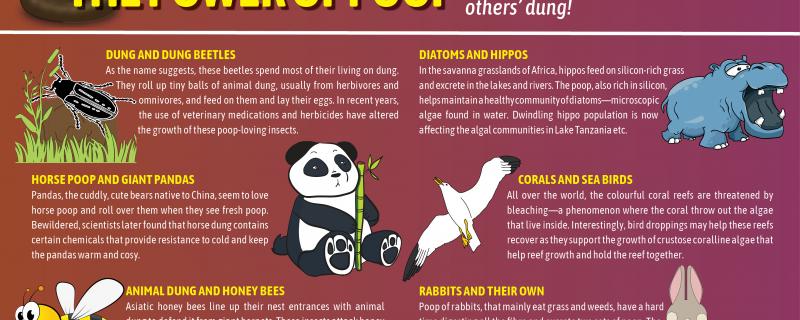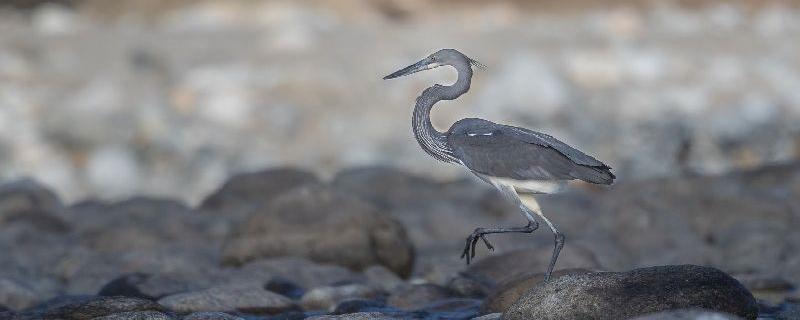Study shows how a proposed hydropower project can submerge the habitats of these cranes and what can be done to make it favourable for the winged visitors.
Image: Dolomedes indicus, Adult Female (left) and adult male (right). Credit: Authors https://doi.org/10.1038/s41598-025-26308-2
Wayanad/

![Black-necked cranes in Ladakh [Image credits: Dibyendu Ash, CC BY-SA 3.0, via Wikimedia Commons] A proposed dam in Arunachal Pradesh threatens Black-necked Cranes’ habitat](/sites/researchmatters/files/styles/large_front_800x320/public/are_dams_damning_black-necked_cranes_in_india_.jpg?itok=sg-X9vqG)
![Cnemaspis rishivalleyensis [Image Credits: Akshay Khandekar] What does it take to discover geckos?](/sites/researchmatters/files/styles/large_front_800x320/public/geckos_1_result.jpg?itok=ySdp1tPb)







![An aerial view of the Tungabhadra dam in Karnataka [Image Credits: Bishnu Sarangi from Pixabay] Dams in the Western Ghats are altering the water and impacting the fish](/sites/researchmatters/files/styles/large_front_800x320/public/fishesalka1.jpg?itok=RmubcXkU)